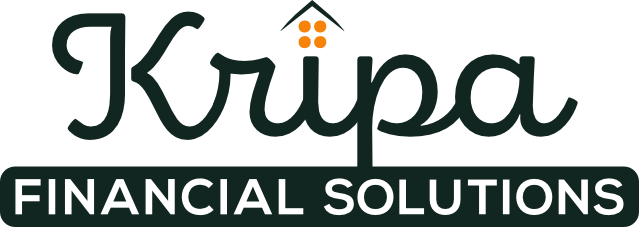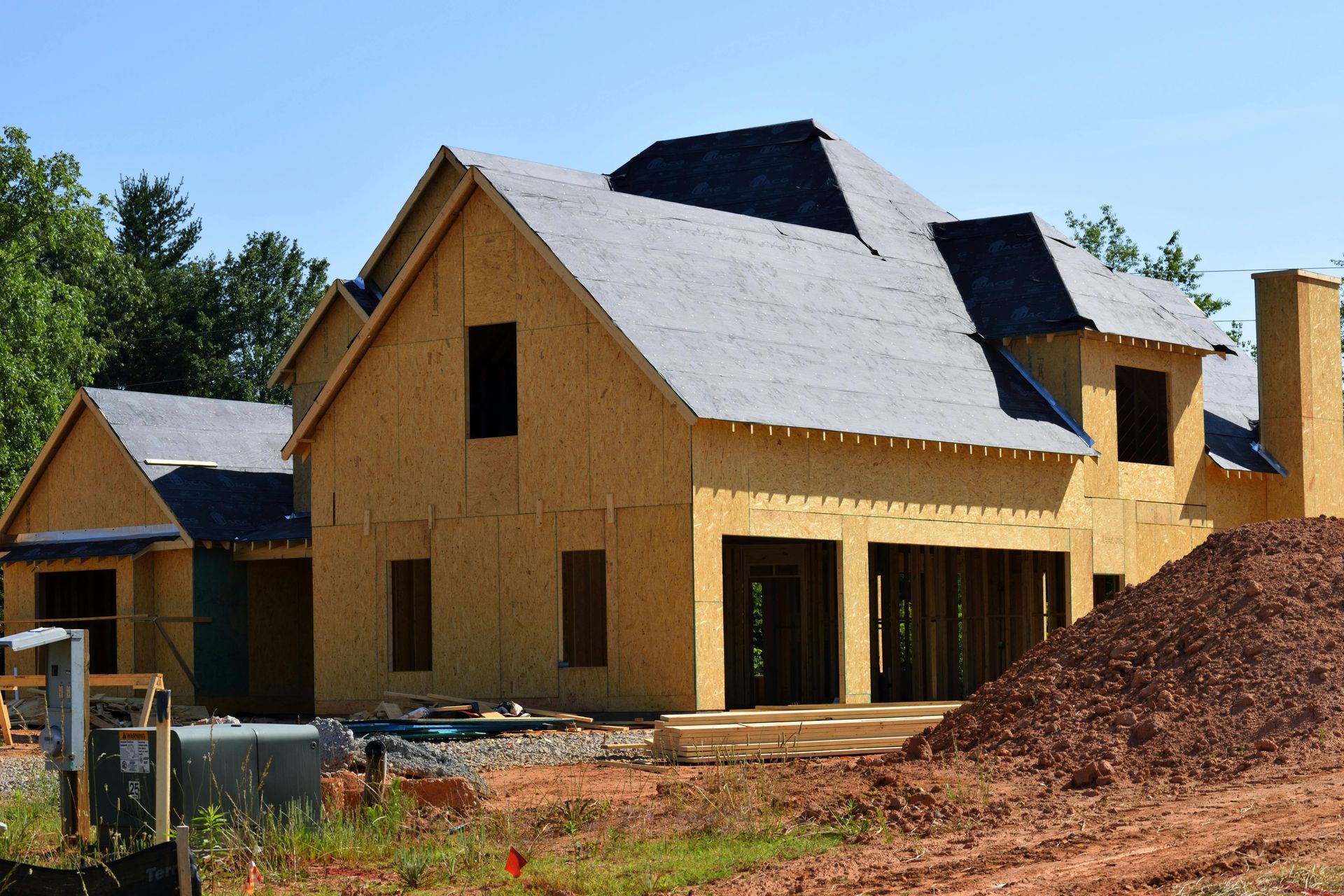Development Loans: Comprehensive Guide to Financing Your Project
Development loans are specialized loans designed to fund real estate development projects, including residential subdivisions, commercial buildings, and mixed-use complexes.

Unlike traditional mortgage loans, which are primarily intended for acquiring existing properties, development loans provide the capital needed to finance construction, land acquisition, and, sometimes, infrastructure improvements. Whether you're a seasoned developer or exploring your first project, understanding how development loans work, the types available, and the application process is essential to success.
What Are Development Loans?
Development loans are short- to medium-term loans meant to cover the costs of developing real estate. These loans provide the capital necessary for various stages of development, from land acquisition and permitting to construction and final project completion. Development loans are designed with unique terms, repayment structures, and eligibility criteria to accommodate the complexities of real estate projects.
They’re typically offered by banks, credit unions, and specialized lenders with a focus on commercial and real estate lending. The loan terms can vary based on the scope of the project, the borrower’s experience, and the financial strength of the project itself.
Types of Development Loans
There are several types of development loans available, each suited to different phases of real estate projects. Here are the most common ones:
List of Services
-
Land Development LoansList Item 1
Land development loans are designed for projects that involve improving raw or undeveloped land. This could mean installing infrastructure like roads, utilities, and sewer systems to prepare the land for future building construction. Land development loans are commonly used by developers to purchase raw land and make it suitable for residential or commercial projects. These loans are generally short-term, with terms ranging from one to three years, and often require a detailed plan for infrastructure improvements and zoning approvals.
-
Construction LoansList Item 2
Construction loans cover the costs associated with constructing buildings on developed land. These loans are short-term and typically last from one to three years, depending on the project's size and complexity. Construction loans are typically structured as “drawdown” facilities, meaning the lender disburses funds in stages as construction progresses. The borrower usually makes interest-only payments on the loan during construction, with the option to refinance into a permanent mortgage or a longer-term loan upon project completion.
-
Mezzanine LoansList Item 3
Mezzanine loans are hybrid financing instruments that combine elements of debt and equity. They are often used to supplement primary financing for larger projects. Mezzanine loans can fill the gap between a primary loan and the project's total cost, allowing developers to access additional capital. In return for the added risk, lenders may receive a higher interest rate or a stake in the project's equity. Mezzanine loans are typically repaid once the project reaches specific milestones, such as project completion or when the borrower secures long-term financing.
-
Bridge LoansList Item 4
Bridge loans are short-term loans designed to provide immediate financing until a developer secures permanent or long-term financing. These loans are often used to quickly acquire property or cover temporary funding gaps. Bridge loans usually have higher interest rates and shorter terms, ranging from six months to two years, but they can be crucial for projects that need fast access to capital.
-
Mini-Perm Loans
Mini-perm loans are intermediate-term loans that help transition a project from construction to permanent financing. These loans typically have a term of three to five years and provide financing during the stabilization period after construction. Mini-perm loans can give developers time to generate income from the project, improve occupancy rates, and increase property value before securing long-term financing.
Key Components of a Development Loan
Understanding the main components of a development loan is crucial for structuring the loan effectively and meeting the lender’s requirements. Here are the critical elements:
- Project Feasibility Study
Lenders require a thorough feasibility study to evaluate the project’s potential for success. This study should include a detailed analysis of market demand, competitive properties, potential risks, and anticipated project returns. The feasibility study should also outline the project’s goals, timelines, and estimated costs, providing lenders with a clear picture of its viability. - Detailed Project Plan
A detailed project plan is essential for securing a development loan. This plan should include architectural designs, site plans, construction timelines, and a breakdown of costs. Lenders will review this plan to ensure the project is feasible and that the borrower has a solid strategy for managing construction. - Financial Projections and Budget
Borrowers must provide a comprehensive budget for the project, including a breakdown of costs for land acquisition, permitting, construction, and other expenses. Financial projections should outline anticipated revenue, cash flow, and return on investment. These projections help lenders assess the project’s financial health and potential profitability. - Developer Experience and Track Record
Lenders prefer working with experienced developers with a proven track record of completing similar projects. Borrowers should provide a portfolio of previous projects, highlighting their success and demonstrating their ability to manage and complete real estate developments. - Securing Pre-Approval for Permits and Zoning
Before applying for a development loan, borrowers should secure preliminary approvals for necessary permits and zoning changes. Lenders want to ensure the project complies with local regulations and has the required permissions to proceed. - Personal and Business Financial Statements
Borrowers need to provide personal and business financial statements, including tax returns, balance sheets, and cash flow statements. These documents help lenders evaluate the borrower’s financial stability and assess their ability to repay the loan.
Benefits and Risks of Development Loans
Benefits:
- Access to Capital: Development loans provide access to the capital necessary for large-scale projects.
- Flexible Financing: With various loan types, developers can find financing that aligns with their project’s needs.
- Interest-Only Payments: Many development loans offer interest-only payments during construction, reducing cash flow strain.
Risks:
- Higher Interest Rates: Development loans often come with higher interest rates compared to traditional mortgages.
- Complex Approval Process: Securing a development loan requires extensive documentation and a thorough evaluation process.
- Market Volatility: Development projects are susceptible to market fluctuations, potentially impacting project profitability.
Development loans are essential tools for financing real estate projects, providing the capital needed for everything from land acquisition to construction. By understanding the types of development loans, the key components involved, and the application process, developers can navigate the complexities of real estate financing and increase their chances of project success. With careful planning, thorough documentation, and an understanding of the risks, development loans can be a powerful asset in bringing ambitious projects to life.





